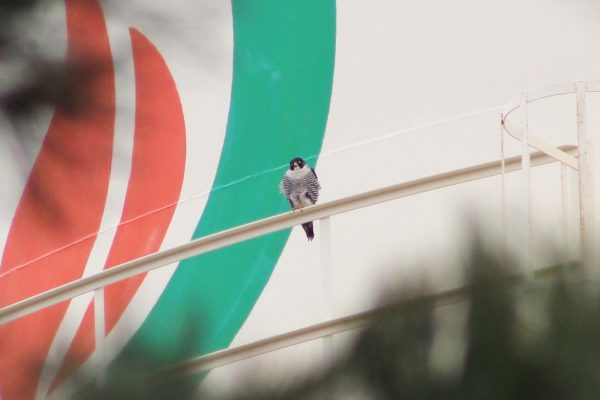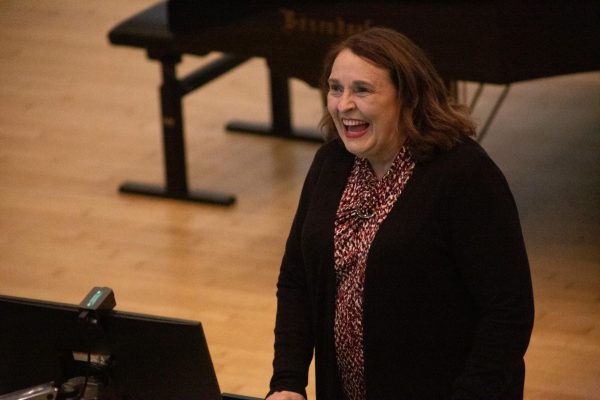Greek Rush begins with bang

Dakota Student / Nicholas Nelson
Members of the Interfraternity Council, a collective of 13 UND fraternities, is represented by these students (from left): Keegan Hilmer, Matt Jenson, Steven Patton, Shane Schuster, Ryan Bruno, Shae Johnson and Kyle Perry. Photo courtesy of UND
A look at the social event of the semester, recruitment
On a cold September day, arguably the most important social week of a male freshman’s UND career began, rush week was upon us.
For those unaware, rush is the period of time when students attempt to join new fraternities, and are scouted by the existing members or “brothers” to determine who is worthy of joining their organization. This year, more than 1,500 new freshmen would be eligible to participate, but as with most years the number of students participating is about 25 percent of those eligible. Just as the fraternities are judging the potential new members, the houses themselves are being judged, which makes a well executed rush crucial to the legacy as these members will determine the reputation of the house for the next four years, and will themselves determine the quality of future members.
One example of the potential consequences of a series of rushes, one need look no further than the complete collapse of Pi Kappa Phi. After four years of substandard recruitment, the chapter was officially closed Spring 2016, due to a combination of low GPA, a lack of members and inability to fill their house.
Additionally, when a fraternity fails it’s incredibly difficult if not impossible for them to return, an example being ATO attempting a return yet still does not have a house as of 2016 despite beginning their attempts to colonize in 2009.
While members of ATO will point to the fact that they received an official charter in 2013, they still have not fully returned to campus, and are not anticipated to until at least next year.
On the contrary, successful recruitments tend to cause a chapter to springboard forward and become campus leaders in short fashion an example being Phi Delta Theta which after returning from its suspension in 2013 has quickly become a respected house on campus becoming prolific in student life, and has now had three consecutive student senators and one former student Vice President.
While the stakes this year are obviously not as substantial, with no fraternity facing immediate removal or attempting to recolonize, there is always the competition between both those considered to be elite and those hoping to knock the old guard off their pedestal. As the old saying goes “If you’re not growing you are dying” and no recruitment chair wants to be seen as the one that let the chapter begin to fall apart under their leadership.
Rush itself usually follows a pattern, the events begin around 5 p.m. and continue late into the night with a party or social theme such as Sigma Chi’s “Steaks and Stogies,” or Kappa Sigma’s movie on the lawn.
Usually the potential new members will be expected to go to all of the houses the first day, while slowly narrowing it down to two houses by the end of the week. At each house they attempt to get a feel for the fraternity and make friends with not only those undergoing rush, but the leadership of the fraternity.
At the end of the week long experience, they are contacted by all of the fraternities that wish to extend them an invitation, or bid, which is usually followed by a private event for those who accept the bid, and they begin the process of joining the fraternity.
Dave Owen is the news editor for The Dakota Student. He can be reached at [email protected]






